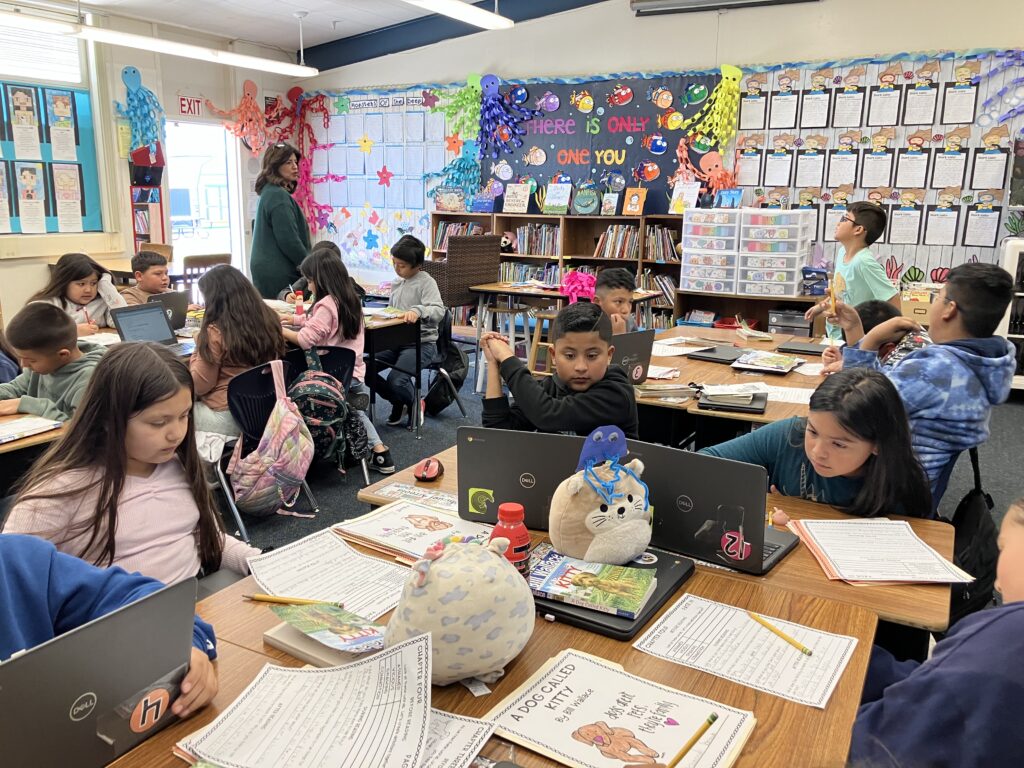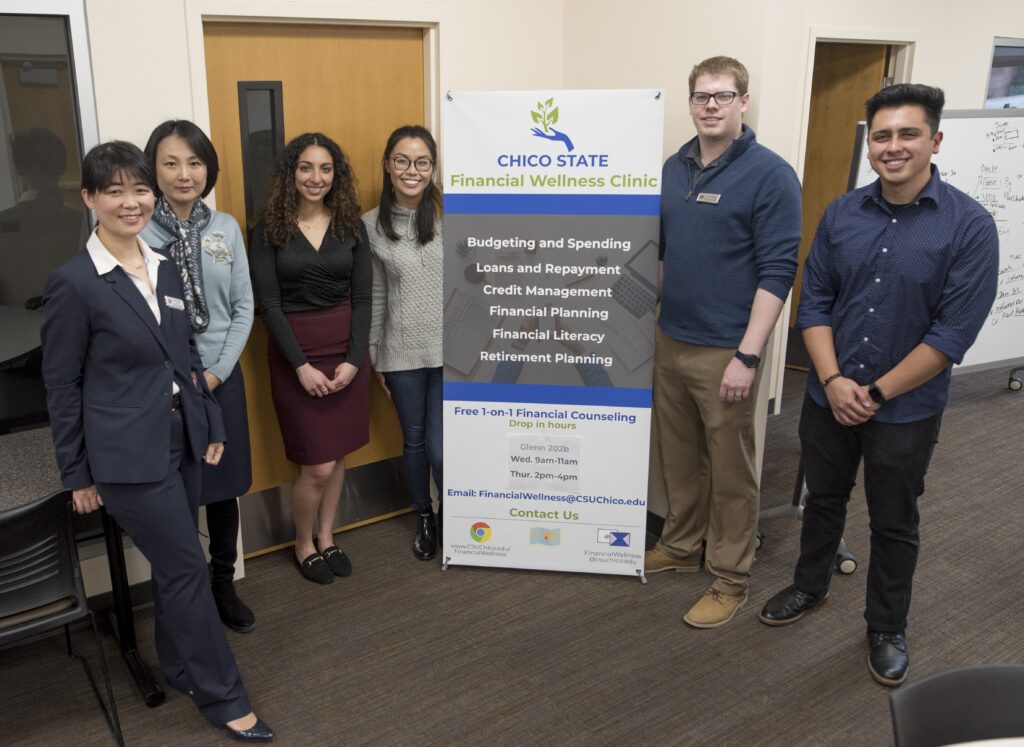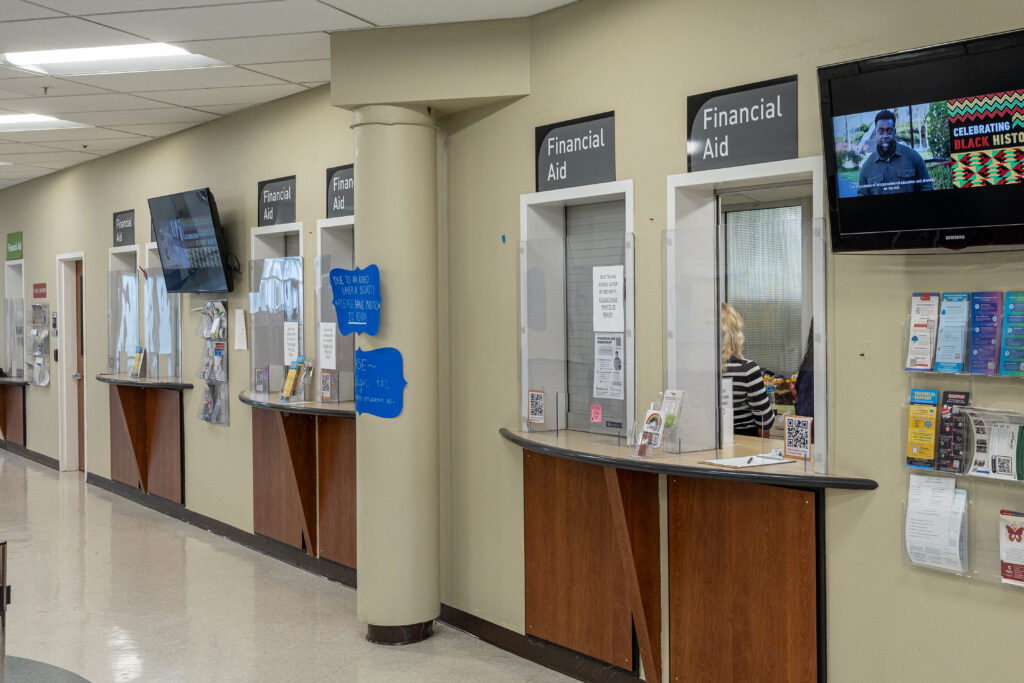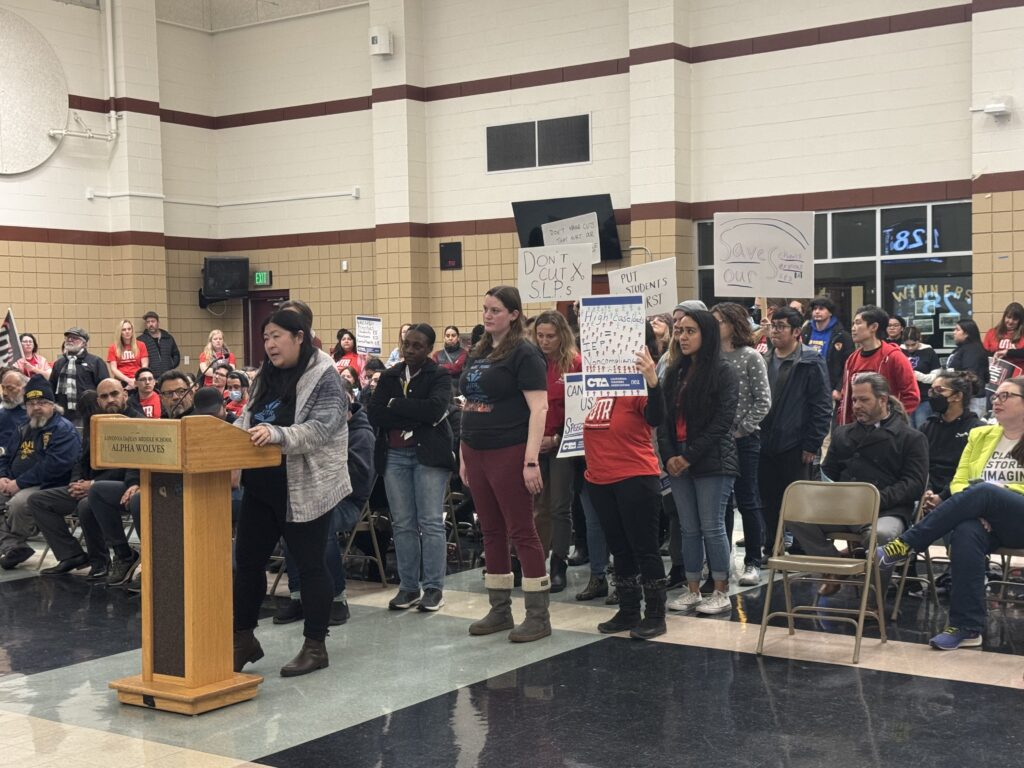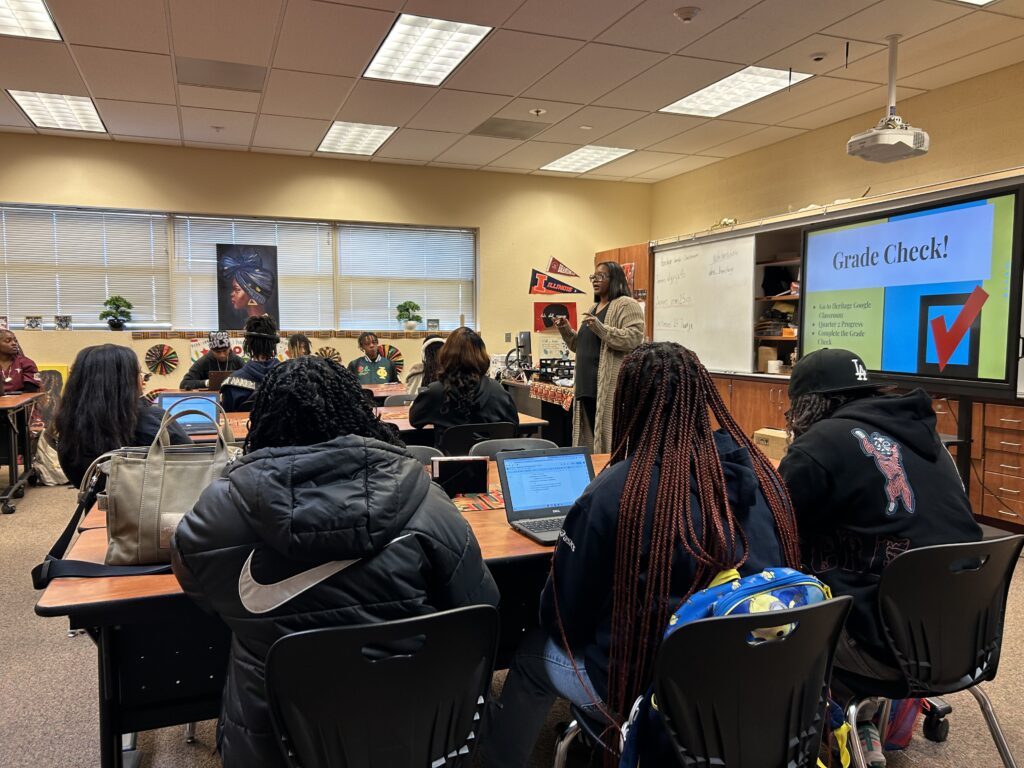
Diane Diederich for iStock
To avoid further embarrassing and expensive litigation, Santa Ana Unified has agreed to terminate three staff-created high school ethnic studies courses starting next fall and to start again from scratch. Next time, according to a settlement released Thursday, the district will comply with the state’s open meeting law it sought to evade and to seek public input, including Jewish advocacy organizations that brought the lawsuit and signed the settlement with the district.
The 13-page agreement ends a lawsuit that the American Jewish Committee and the Louis D. Brandeis Center for Human Rights Under Law filed in September 2023. The lawsuit asked the board to reject ethnic studies courses that it had approved in violation of the Brown Act, the open-meetings law. The lawsuit also claimed that the courses included sections on the Palestinian-Israeli conflict that were biased against Jews and Israel.
The deal followed a hearing in Orange County Superior Court in December and two months of negotiations.
“We hope this is a cautionary tale to all the districts in California and anyone else who’s hoping to infuse ethnic studies with antisemitism, especially if they’re doing it in secret,” said Marci Miller, director of legal investigations for the Brandeis Center, Thursday. Miller said that the terms of the settlement should act as a deterrent for other districts.
The agreement also could help other districts avoid similar conflicts. It spells out the procedure for “meaningful, substantive input from members of the public.” There will be at least one public meeting no sooner than seven days before a school board considers an ethnic studies course; representatives of community groups will be invited to offer their comments. The district will prominently publish drafts of course outlines on its website at least a week before the meeting.
The Brandeis Center has also filed related state or federal discrimination complaints against Berkeley Unified, Fremont High School and Santa Clara Unified. A separate nonprofit law firm, the Deborah Project, has filed antisemitism lawsuits against a San Jose charter school and another Bay Area district, Sequoia Union High School District.
In a statement that Santa Ana Unified provided Friday, district Superintendent Jerry Almendarez cleared up “some misperceptions” that led to the filing of the lawsuit.
“At no time has the district supported the teaching of instructional content to students that reflects adversely on any group on the basis of religion, race, ethnicity, or national origin as alleged in the lawsuit,” Almendarez’s statement said. “The settlement of this lawsuit affirms that principle and resolves any misunderstanding that may have occurred.”
Board President Hector Bustos signed the agreement for the district.
The lawsuit focused on the work of the school board’s ethnic studies steering committee, which was led by two board members, Carolyn Torres, a seventh-grade teacher and longtime ethnic studies advocate; and Rigo Rodriguez, an associate professor in the Department of Chicana/o and Latina/o Studies at CSU Long Beach. He lost his re-election bid in November.
The lawsuit said the committee members “consisted of a narrow and insular group of individuals who were ‘handpicked’ to promote a ‘very pro-ethnic studies’ vision, without any ‘naysayers.’”
Damaging court documents
The district adopted three ethnic studies courses grounded in Liberated Ethnic Studies, a doctrine that stresses that the forces of white supremacy and capitalism are continuing to oppress minorities. It has made the conflict in Israel, which it characterizes as an oppressor state and a modern example of “white settler colonialism,” a central element in its curriculum.
Promoted by the Liberated Ethnic Studies Model Curriculum Consortium as an alternative to the mainstream state-adopted ethnic studies curriculum framework, the liberated approach has been adopted by more than two dozen school districts in California.
Emails, documents, text messages, and chats obtained by attorneys during the discovery process revealed Santa Ana steering committee members’ biases. In a summary of the remarks submitted to the court, one unnamed member referred to the Jewish Federation of Orange County as “racist [Z]ionists” to whom the district should not “cave.” Additionally, in a chat, the same employee referred to the lone Jewish member of the steering committee as a “colonized Jewish mind,” as well as a “pretender,” a “f—— baby,” and as “stupid” because of the person’s reservations about some of the committee’s work.
In an online chat, the Jewish member summarized what he heard as members were preparing to meet with the Jewish Federation: “Jews greatly benefit from White privilege and so have it better,” and “We don’t need to give both sides. We only support the oppressed, and the Jews are the oppressors.”
According to the lawsuit, the federation had asked to contribute its perspective to the committee. Instead, the committee worked “under the radar” to avoid public scrutiny. When deciding when to present two proposed ethnic studies courses to the board, two senior district officials in text messages suggested scheduling it on a Jewish holiday so that Jews would not attend.
“We may need to use Passover to get all new courses approved,” one suggested. The other official responded, “That’s actually a good strategy.”
In March 2023, the steering committee submitted the proposed World Geography and World Histories ethnic studies courses to the school board. There was no discussion, public comment or presentation by the select committee. The plaintiffs’ memorandum said the agenda item consisted of “merely reading the titles of the courses. The entire ‘presentation’ was over in less than 30 seconds.”
The school board approved the courses at a subsequent meeting, again without discussion. Jewish residents learned about the courses’ content only after their adoption, the lawsuit claimed.
“There is reason to require that meetings have to be open to the public,” Miller said. “When nobody is watching, people will be left to their own prejudices.”’
Details of the settlement
Other points in the agreement include:
Santa Ana’s previous steering committee and subcommittee that created the ethnic studies courses will be abolished.
The superintendent, not the school board, will appoint members to future committees considering an ethnic studies course; board members will not be involved in that work until the final approval process.
The district will recognize that the Israeli-Palestinian conflict is a controversial issue; as such, any classroom instruction or curriculum will comply with the district’s own policy on dealing with controversial issues. Many districts have adopted a similar document consistent with state law. Among the provisions:
- The issue provides opportunities for critical thinking, for developing tolerance, and for understanding conflicting points of view
- All sides of the issue are given a proper hearing using established facts and primary evidence.
- Teachers do not use their positions to press their own bias
- The discussion does not reflect adversely on anyone because of their race, sex, color, creed, national origin, ancestry, handicap or occupation.
To create the ethnic studies courses, Santa Ana hired the Xicanx Institute for Teaching and Organizing (XITO); its leader, Sean Arce, is a team member of the Liberated Ethnic Studies Model Curriculum Consortium. According to records, the district contracted $300,663 for its services, plus $79,200 for another Liberated ethnic studies contractor. Under the agreement, the district will stop using XITO’s services and any individuals associated with it.
Arce did not respond to a request for comment.
Under the agreement, Ethnic Studies World Geography; Ethnic Studies World Histories; and Ethnic Studies Honors: Perspectives, Identities and Social Justice courses can continue for the rest of 2024-25 under the condition that materials and instruction with claims like “the existence of Israel is a racist endeavor” will not be taught — unless done so in a way that complies with the controversial issues policy. A glossary by the Liberated Ethnic Studies Model Curriculum Coalition will be stripped from the courses.
The district may have time to create new courses. A 2021 state law would require that school districts offer a semesterlong ethnic studies course starting in fall 2025 and that students must take it to graduate as of 2030-31. However, Assembly Bill 101 requires funding to become a mandate, and the Legislature and Gov. Gavin Newsom have not provided money so far. Last month, Newsom did not include ethnic studies funding in his proposed 2025-25 state budget.
The district will also reimburse $43,091 in plaintiff lawyers’ direct costs, like filing expenses. But the agreement did not cover attorney fees, which would easily have been so much more than the direct costs, at a time when the district faces laying off up to 300 employees. The law firm Covington and Burling, doing pro bono work, and the Anti-Defamation League were co-counsels on the case,
Miller said that was a deliberate choice in the negotiations. “Money was not the main goal of the lawyers,” she said. “Making systemic change was.”

